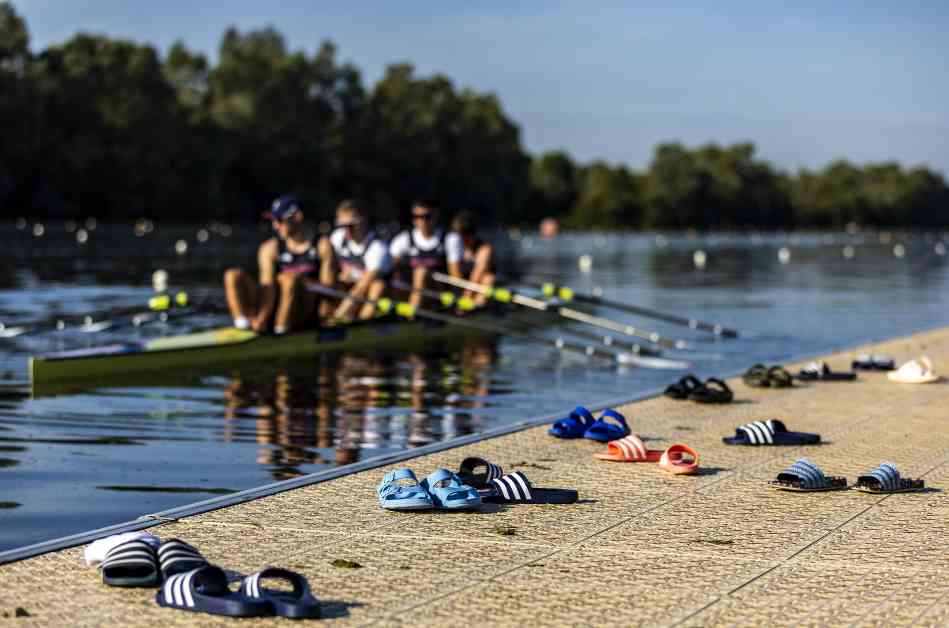The Rich History of Olympic Rowing
Rowing has long been a pillar of British Olympic success, with Team GB consistently performing at the highest level in this sport. The USA is the only country to have won more rowing medals than Britain, showcasing the nation’s deep-rooted talent and passion for rowing. Icons like Sir Steve Redgrave, Dame Katherine Grainger, and Sir Matthew Pinsent have solidified their legacies through their remarkable achievements on the Olympic stage, inspiring the next generation of rowers to aim for greatness.
The upcoming 2024 Paris Olympics will provide another platform for rowers to etch their names in history and contribute to Britain’s impressive medal tally. The Vaires-sur-Marne Nautical Stadium will set the stage for the next chapter of Olympic rowing, where athletes will push their limits and strive for excellence in pursuit of Olympic glory.
The Diverse Olympic Rowing Disciplines
At the 2024 Paris Olympics, rowers will compete for medals in a total of 14 disciplines, evenly divided between men’s and women’s events. Following the trend set in Tokyo, an equal number of male and female rowers will participate in the competition, highlighting the commitment to gender equality in the sport.
Sweep rowing and sculling are the two main categories in Olympic rowing, each with its unique set of rules and challenges. In sweep rowing, athletes use a single oar, requiring them to be paired with another rower to maintain balance in the boat. The Olympic sweep classes include the pair (men’s and women’s), four (men’s and women’s), and eight (men’s and women’s), adding an element of teamwork and coordination to the competition.
Sculling, on the other hand, involves rowers using two oars, one on each side of the boat. This technique allows for greater maneuverability and control, with the individual class (single sculls) and duo events (double sculls and lightweight double sculls) showcasing the versatility and skill of the rowers. The lightweight double sculls category imposes weight restrictions on competitors, ensuring a level playing field for all athletes.
The Thrilling Races and Strategic Elements
Olympic rowing races are held over a distance of 2000m, testing the endurance, strength, and technical proficiency of the rowers. The inclusion of a coxswain in the eight boats adds a strategic element to the competition, as they are responsible for steering the boat, coordinating the rowers’ rhythm, and providing guidance during the race.
In coxless boats, the responsibility of steering falls on one of the rowers, who controls the rudder using lines attached to their shoe. This requires precise coordination and communication among the team members to navigate the course effectively and maintain a competitive edge against their opponents.
With a maximum of six boats in each race, the competition intensifies as rowers strive to outperform their rivals and secure a spot in the finals. The varying number of boats in heats, repechage races, and semi-finals adds an element of unpredictability to the event, keeping spectators on the edge of their seats as they witness the intense battles on the water.
In conclusion, Olympic rowing at Paris 2024 promises to be a thrilling showcase of talent, teamwork, and determination as athletes from around the world compete for gold. With a rich history of success and a diverse range of disciplines, the sport of rowing continues to captivate audiences and inspire future generations of rowers to reach for their dreams on the Olympic stage.





















